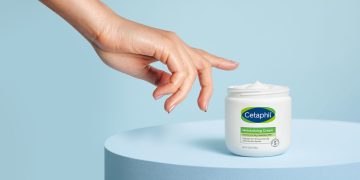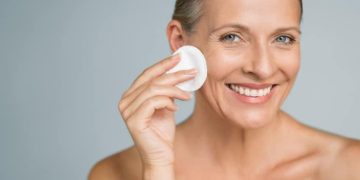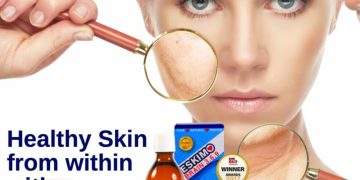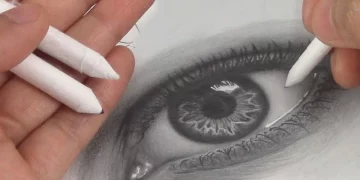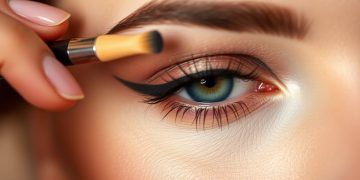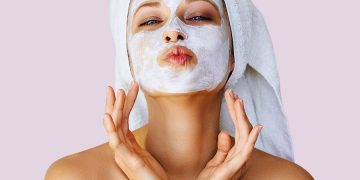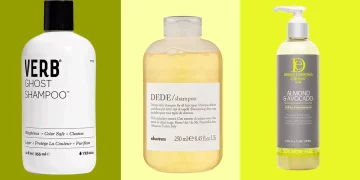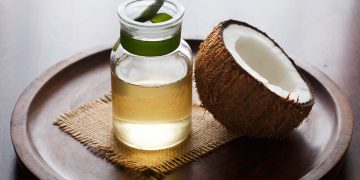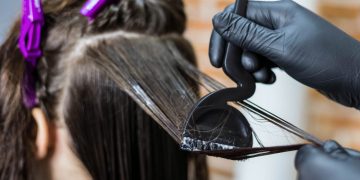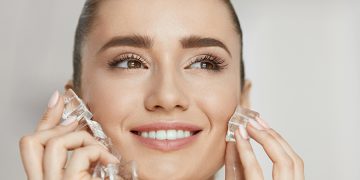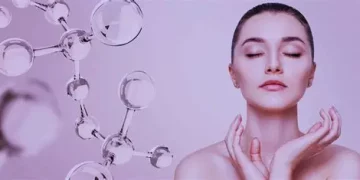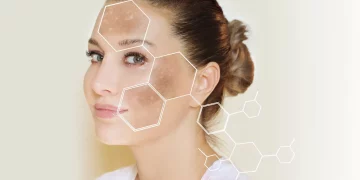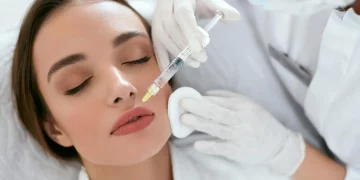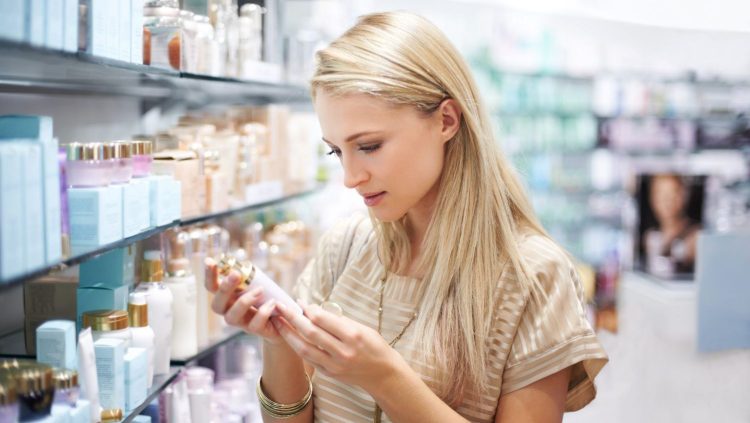When it comes to skincare, it’s easy to get caught up in the excitement of new formulas and trending ingredients. However, one crucial aspect of skincare that often gets overlooked is product expiration. Just like food, skincare products have a shelf life, and using them past their prime can do more harm than good. But how can you tell if your skincare products have expired?
This article will explore how to spot expired skincare, why it’s important, and tips for proper storage to maximize the longevity of your products.
Understanding the Shelf Life of Skincare Products
Before diving into the signs of expiration, it’s important to understand what the “shelf life” of a skincare product is. The shelf life refers to the period during which a product maintains its intended effectiveness and safety. After this period, the product may start to lose its potency, and its ingredients can become unstable or even harmful.
Key Factors Affecting Expiration:
- Ingredients: Natural and organic ingredients tend to have a shorter shelf life than synthetics because they lack preservatives.
- Packaging: Air-tight containers protect against contamination, while open jars can expose the product to bacteria and air, leading to quicker degradation.
- Storage Conditions: Heat, humidity, and light can accelerate the breakdown of skincare products.
- Preservatives: Some preservatives can extend a product’s shelf life, while others may degrade over time.
The Typical Shelf Life of Common Skincare Products
- Cleansers: 6 months to 1 year
- Toners: 1 to 2 years
- Serums: 1 to 2 years
- Moisturizers: 1 to 2 years
- Sunscreens: 1 to 3 years
- Face Masks: 1 year
- Eye Creams: 1 to 2 years

Now that we understand the basics of shelf life, let’s explore the signs that tell you when your skincare is past its prime.
How to Tell If Your Skincare Products Have Expired
- Changes in Color and Texture
- Why it Happens: Many skincare products contain colorants and other additives that can break down over time. As the ingredients lose their efficacy, the product may become discolored or change consistency.
- What to Look For: If a once-clear serum turns cloudy, or a smooth moisturizer starts to separate or develop clumps, it’s a sign the product has expired.
- What to Do: If this happens, it’s better to part with the product than risk irritation or ineffective treatment.
- Altered Scent
- Why it Happens: Ingredients such as essential oils or fragrances degrade and can turn rancid. Oxidation of oils, like those in facial creams, can lead to a strong, unpleasant smell.
- What to Look For: A sour, rancid, or otherwise unusual scent means the product has gone bad.
- What to Do: Trust your nose! If the scent has drastically changed from the original formula, it’s time to toss it.
- Separation of Ingredients
- Why it Happens: Emulsions (mixes of oil and water) in products like moisturizers or serums are delicate. If these ingredients separate, it often means that the product’s stability has been compromised.
- What to Look For: Noticeable separation, where oils and water-based ingredients are visibly not mixing.
- What to Do: Although some products (like oils) may naturally separate, a product that separates and doesn’t re-emulsify when shaken is a red flag.
- Changes in Consistency
- Why it Happens: Products like creams, serums, and lotions contain emulsifiers that help bind water and oils. Over time, these emulsifiers can break down, causing the formula to change texture.
- What to Look For: If your favorite moisturizer has become thicker, runnier, or more watery than usual, it could be a sign of expiration.
- What to Do: A change in texture can mean the product is no longer effective and might irritate your skin.
- Clumping or Crystallization
- Why it Happens: Some skincare products contain ingredients that, when exposed to air or moisture, will crystallize or form clumps. This can happen particularly in products with high concentrations of active ingredients.
- What to Look For: If you notice crystallization or clumping that wasn’t present when you first bought the product, it could be a sign it has gone bad.
- What to Do: Discontinue use, as these clumps can scratch or irritate your skin.
- Changes in Effectiveness
- Why it Happens: Active ingredients like retinol, vitamin C, and peptides degrade over time. Once expired, they lose their effectiveness.
- What to Look For: If you’ve been using a product regularly and notice it’s no longer delivering the same results, it may have expired.
- What to Do: Check the product’s expiration date or batch code to confirm, and if it’s expired, replace it with a fresh formula.
- Irritation or Breakouts
- Why it Happens: As skincare ingredients break down, they can become irritating to the skin. The preservatives that protect against bacteria may also lose their potency, allowing harmful bacteria to thrive.
- What to Look For: If a product you’ve used without issue before suddenly causes irritation, breakouts, or other negative reactions, it’s likely expired.
- What to Do: Discontinue use immediately and check for other signs of expiration.
How to Prevent Skincare from Expiring Too Soon

- Store Products Properly
- Keep your products in a cool, dry place away from direct sunlight and humidity.
- Avoid storing skincare in the bathroom, as the moisture and temperature fluctuations can speed up degradation.
- Consider refrigerating products that need to stay cool (like certain masks or serums) for longer shelf life.
- Check the Expiration Date or PAO Symbol
- Expiration Date: Some products, especially sunscreens and over-the-counter treatments, will have a printed expiration date. Always check it before use.
- PAO Symbol: This stands for “Period After Opening.” It’s a symbol of an open jar with a number and “M” (for months), indicating how long the product is good for after opening.
- Use Clean Hands or Tools
- When using products, always use clean hands or a sanitized spatula. Bacteria from your fingers can contaminate the product and reduce its shelf life.
- Avoid Air Exposure
- Keep caps tightly sealed and use pump dispensers to limit the product’s exposure to air.
What to Do with Expired Skincare Products?
If you’ve discovered that your skincare products have expired, don’t panic. Here are a few ways to safely dispose of them:
- Recycle: Check the packaging for any recycling symbols or instructions on how to properly dispose of the containers.
- Repurpose: Some expired skincare can still be repurposed for DIY beauty projects, like making your own body scrubs or using face masks as hand creams (only if there are no signs of spoilage).
- Throw Away: If a product is too far gone, dispose of it properly. Products with preservatives and certain chemicals might need to be thrown away according to local regulations.
Conclusion
Skincare expiration is a crucial aspect of maintaining a healthy skincare routine. By learning how to spot the signs of expired products—such as changes in texture, smell, or effectiveness—you can ensure that your skin gets the full benefits of your products, without the risk of irritation or breakouts.
Be mindful of storage, follow expiration dates and PAO symbols, and replace expired products regularly to get the most out of your skincare regimen. After all, your skin deserves nothing less than the freshest formulas.

